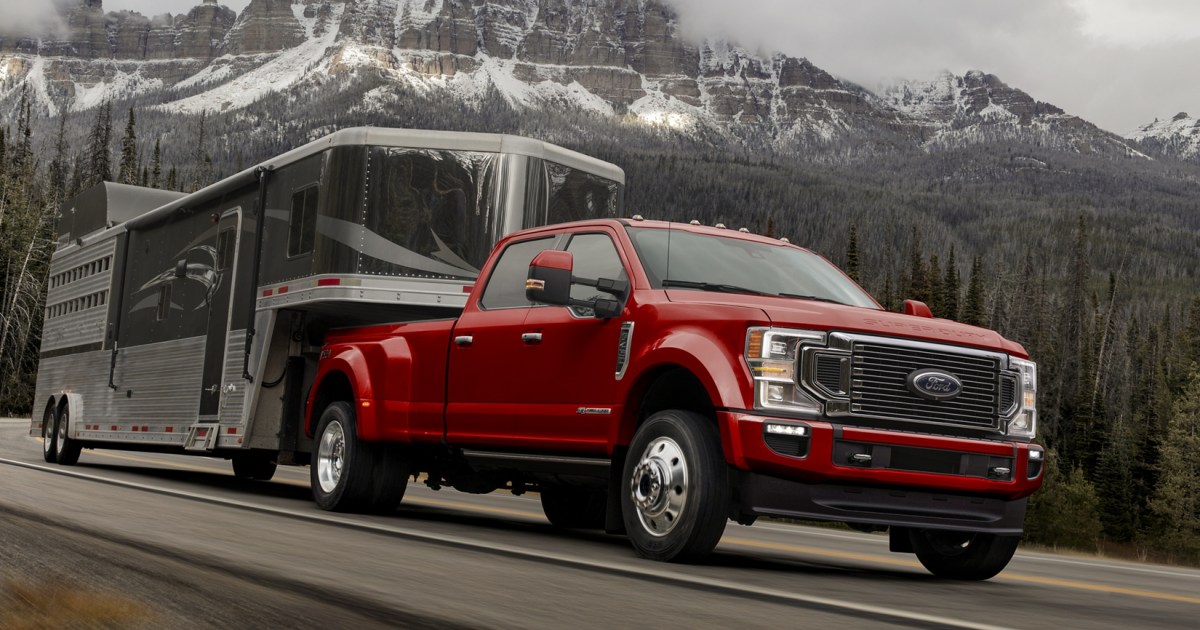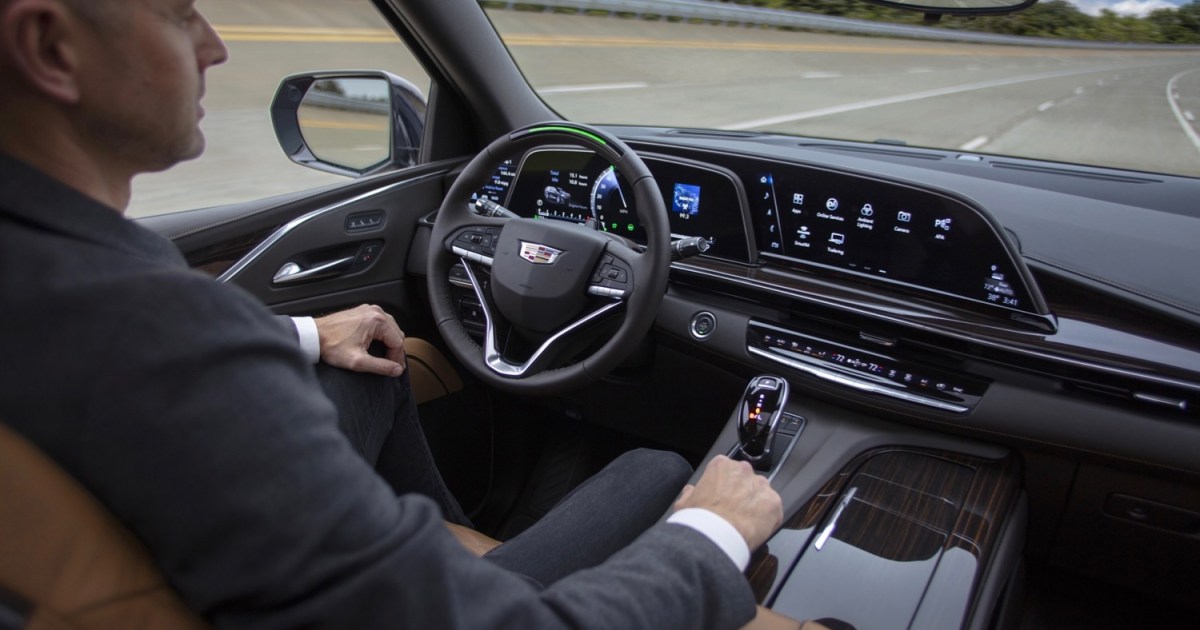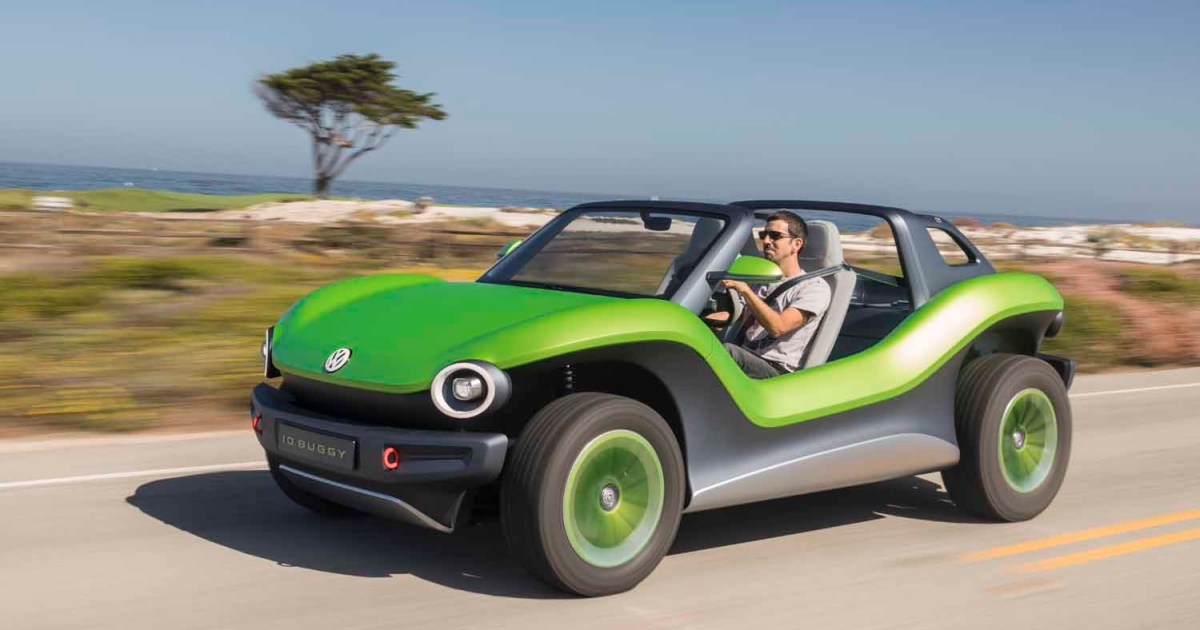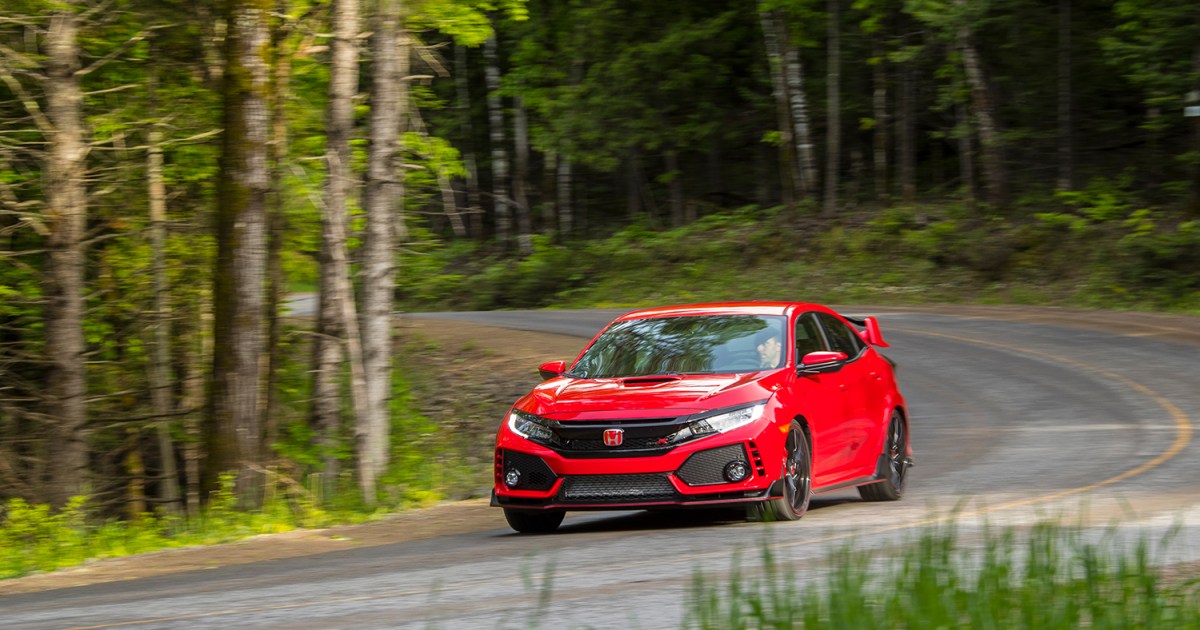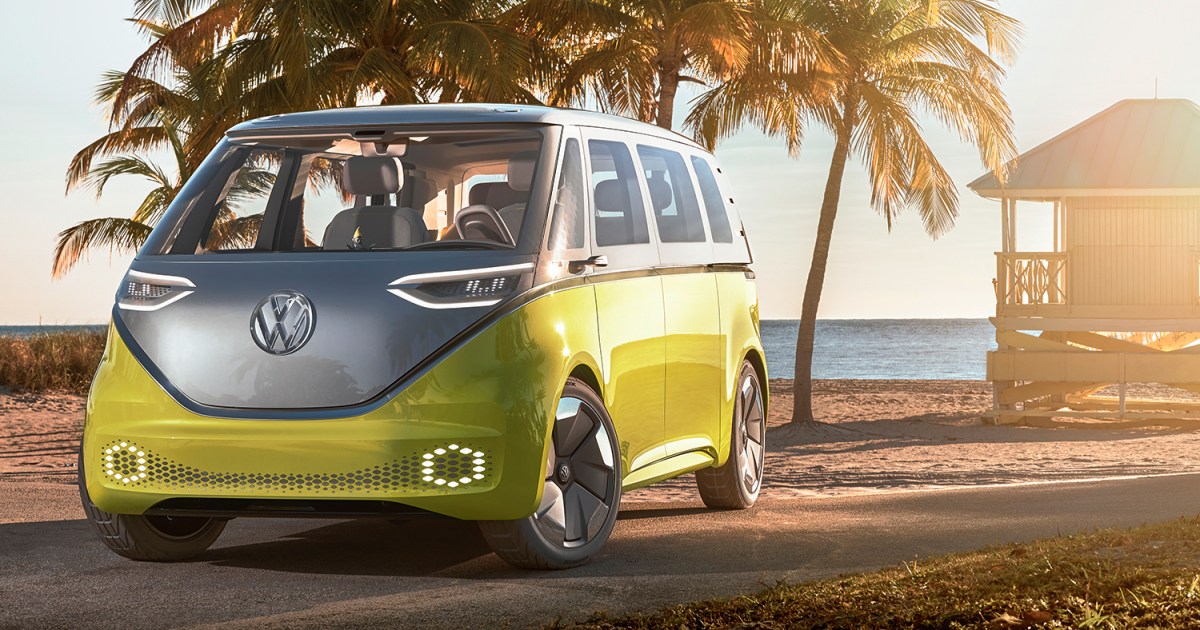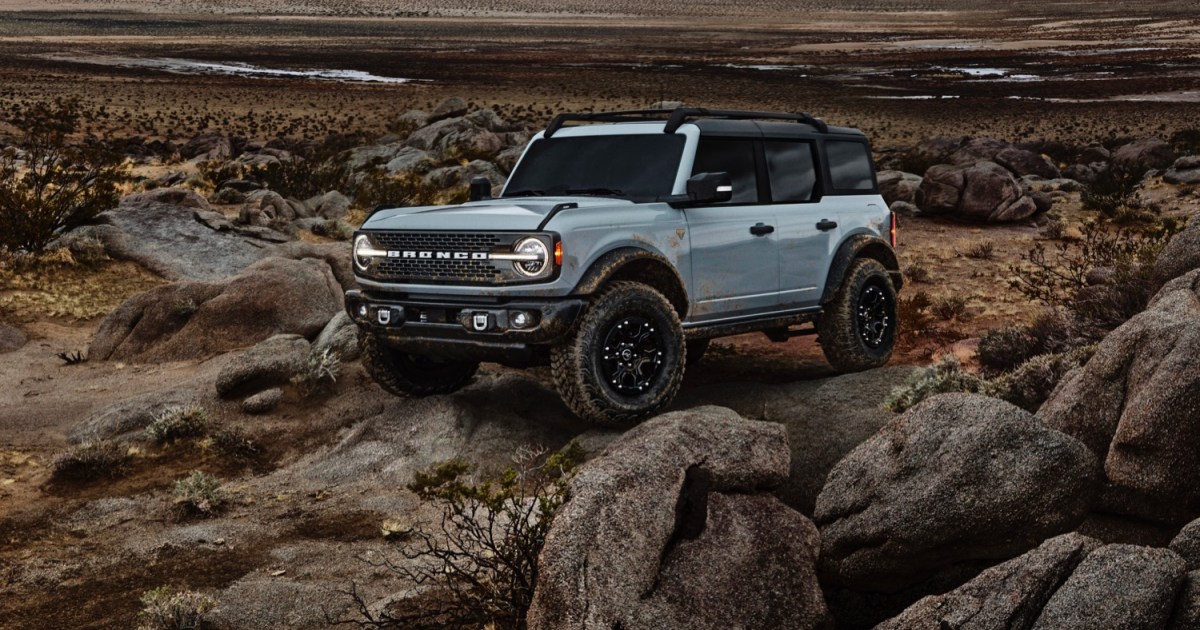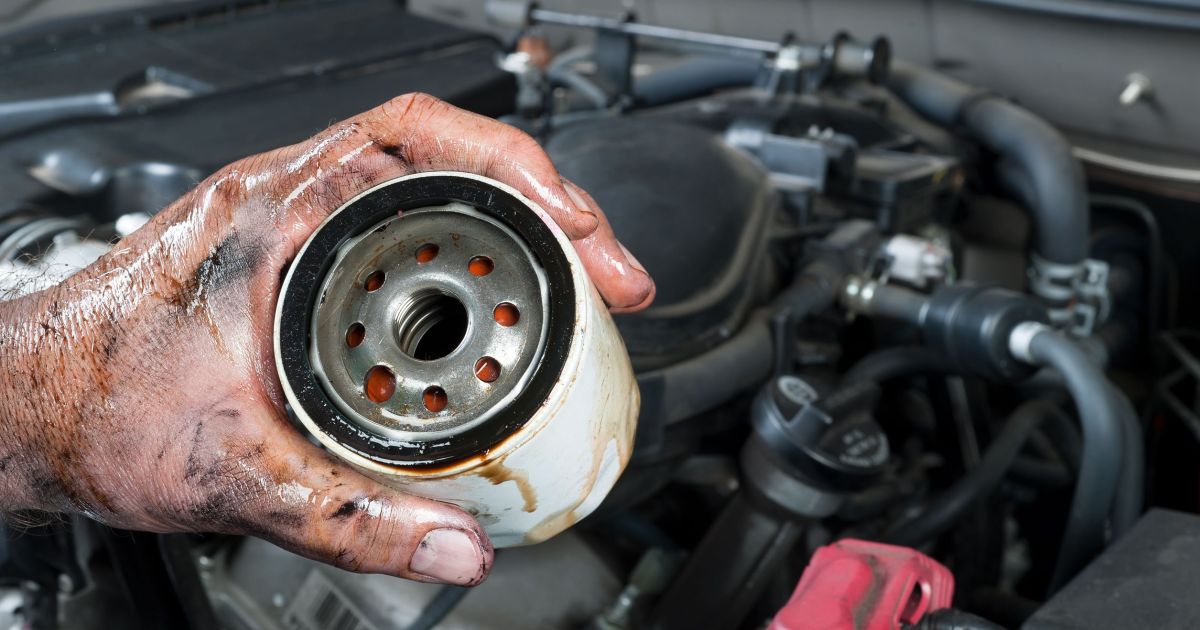When buying a car, various factors influence the decision, from seating capacity and fuel efficiency to style and performance. For those interested in the mechanics of a vehicle, horsepower and torque are key considerations. While horsepower is generally understood, torque often remains a mystery. This article clarifies the role of torque in vehicle performance and explains its significance.
Torque is essentially rotational force, the twisting power an engine generates to turn the wheels. It dictates how effectively a vehicle can pull or tow heavy loads. Engines with higher torque at lower RPM (revolutions per minute) can generate substantial pulling power without needing high engine speeds. Both horsepower and torque contribute to acceleration, but the transmission gearing determines how this power translates to on-road performance.
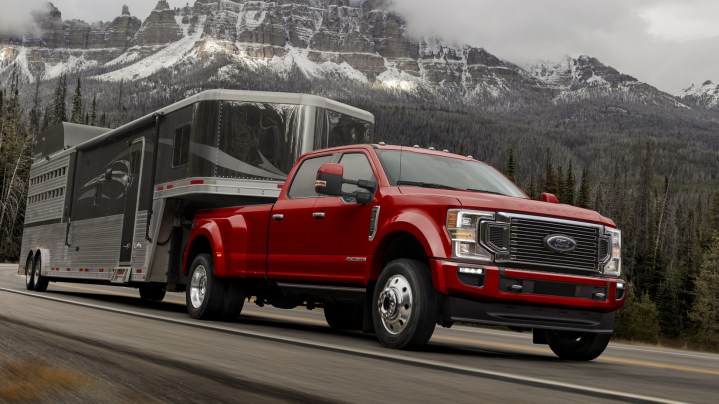 Alt text: A 2020 Ford Super Duty truck with the 6.7L Power Stroke V8 Turbo Diesel engine, which boasts 475 horsepower and 1,050 lb.-ft. of torque.
Alt text: A 2020 Ford Super Duty truck with the 6.7L Power Stroke V8 Turbo Diesel engine, which boasts 475 horsepower and 1,050 lb.-ft. of torque.
Consider the contrasting examples of a sports car and a farm tractor. Both might have similar horsepower and torque figures, say 500 hp and 500 lb.-ft. respectively. However, the sports car’s gearing prioritizes rapid acceleration, while the tractor’s gearing leverages the high torque at low RPM for pulling heavy loads at slower speeds. This difference highlights how gearing optimizes power delivery for specific applications.
Torque and Diesel Engines
Diesel engines are often preferred for towing and hauling due to their ability to produce high torque at lower engine speeds compared to gasoline engines. This characteristic stems from the higher compression ratios and longer piston strokes in diesel engines, leading to greater force generated per unit of fuel. Consequently, diesel engines offer superior fuel efficiency for heavy-duty tasks.
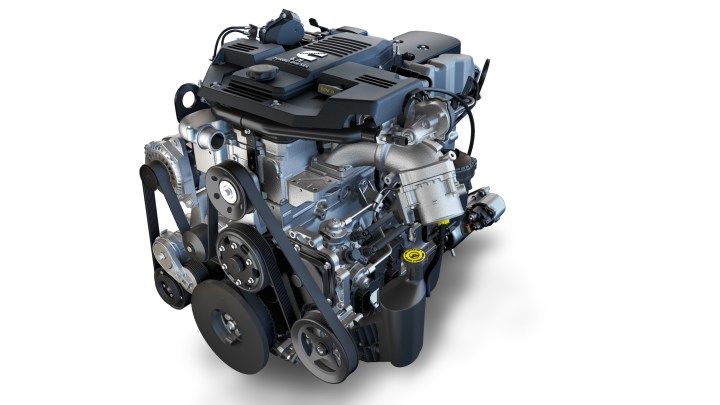 Alt text: A 2019 Ram Heavy Duty truck equipped with a 6.7-liter I-6 Cummins engine delivering 400 horsepower and 1,000 lb.-ft. of torque.
Alt text: A 2019 Ram Heavy Duty truck equipped with a 6.7-liter I-6 Cummins engine delivering 400 horsepower and 1,000 lb.-ft. of torque.
The advantage of high torque at low RPM is particularly evident when pulling heavy loads from a standstill. Diesel trucks, with their torque-focused design and specialized gearing, excel at moving and sustaining heavy loads, even uphill. The lower gears in these trucks are optimized for pulling power, sacrificing speed for force. This explains the frequent gear shifting observed in semi-trucks when starting from a stop.
Balancing Horsepower and Torque
While high torque is beneficial for towing, it needs to be balanced with sufficient horsepower for optimal performance. A vehicle with exceptionally high torque but low horsepower might struggle to achieve reasonable speeds, even with a heavy load. Conversely, a vehicle with high horsepower but low torque might take a long time to reach its top speed due to limited pulling power.
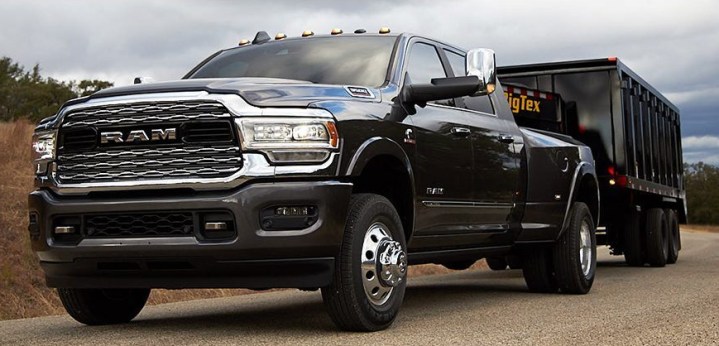 Alt text: A 2019 RAM HD 3500 truck featuring a 6.7L I6 Cummins Turbo Diesel engine, generating 400 horsepower and 1,000 lb.-ft. of torque.
Alt text: A 2019 RAM HD 3500 truck featuring a 6.7L I6 Cummins Turbo Diesel engine, generating 400 horsepower and 1,000 lb.-ft. of torque.
The ideal scenario involves a balance of both horsepower and torque, tailored to the vehicle’s intended use. For example, a heavy-duty truck requires high torque for towing, along with sufficient horsepower for highway speeds. A sports car, on the other hand, prioritizes horsepower for rapid acceleration and high top speeds, with adequate torque for responsive handling.
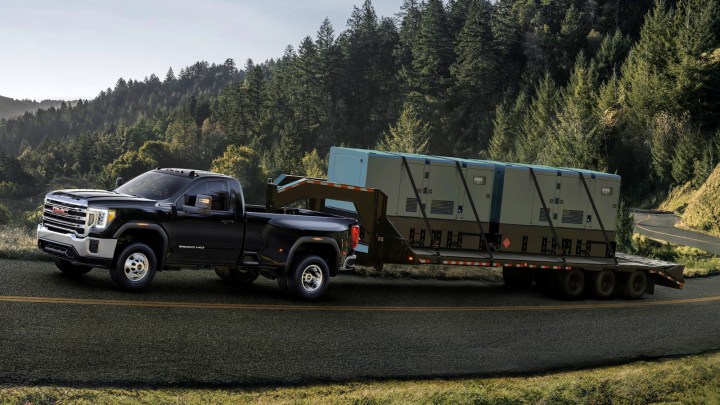 Alt text: The 2020 GMC Sierra HD truck, powered by a 6.6L Duramax Turbo-Diesel V8 engine, produces 445 horsepower and 910 lb.-ft. of torque, enabling it to tow up to 35,500 pounds.
Alt text: The 2020 GMC Sierra HD truck, powered by a 6.6L Duramax Turbo-Diesel V8 engine, produces 445 horsepower and 910 lb.-ft. of torque, enabling it to tow up to 35,500 pounds.
Electric Vehicles and Torque
Electric vehicles (EVs) introduce a different perspective on horsepower and torque. EVs deliver maximum torque instantly from a standstill, maintaining it up to their top speed. This instant torque delivery results in impressive acceleration figures, explaining the quick off-the-line performance of many EVs. However, it’s important to note that EVs can be more sensitive to factors like weather, weight, and load compared to internal combustion engine vehicles.



